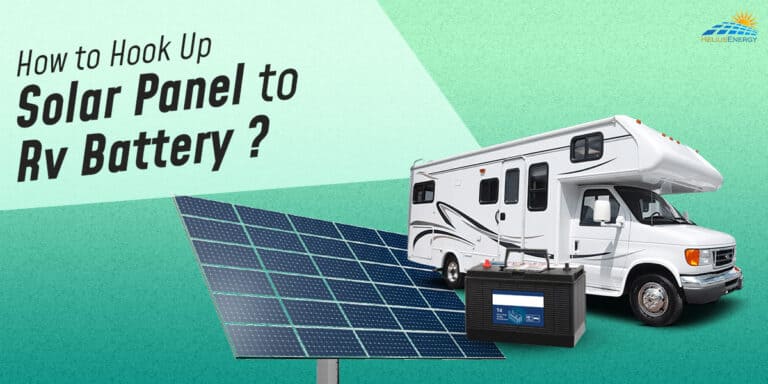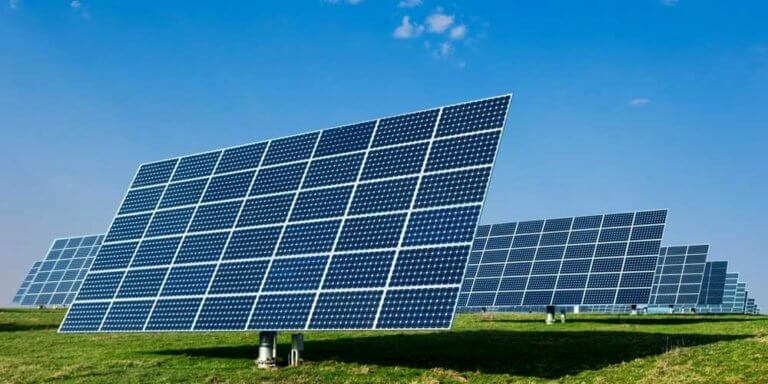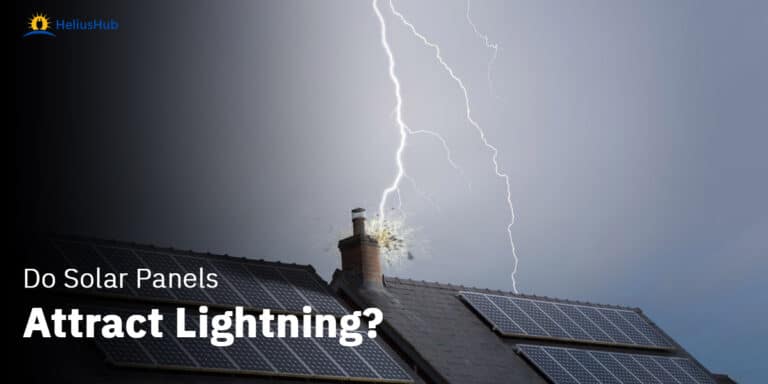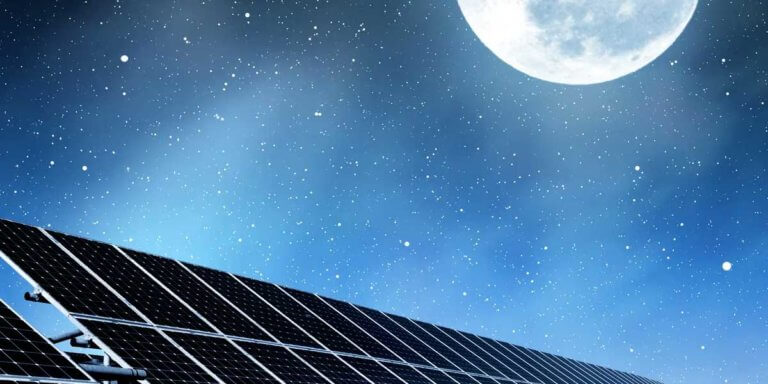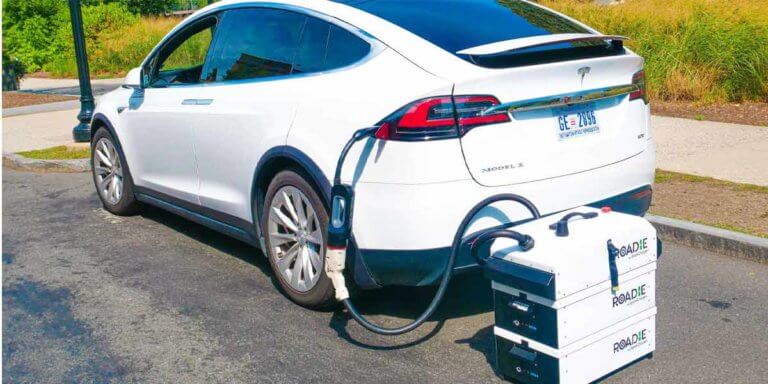How Long Do Solar Lights Last?
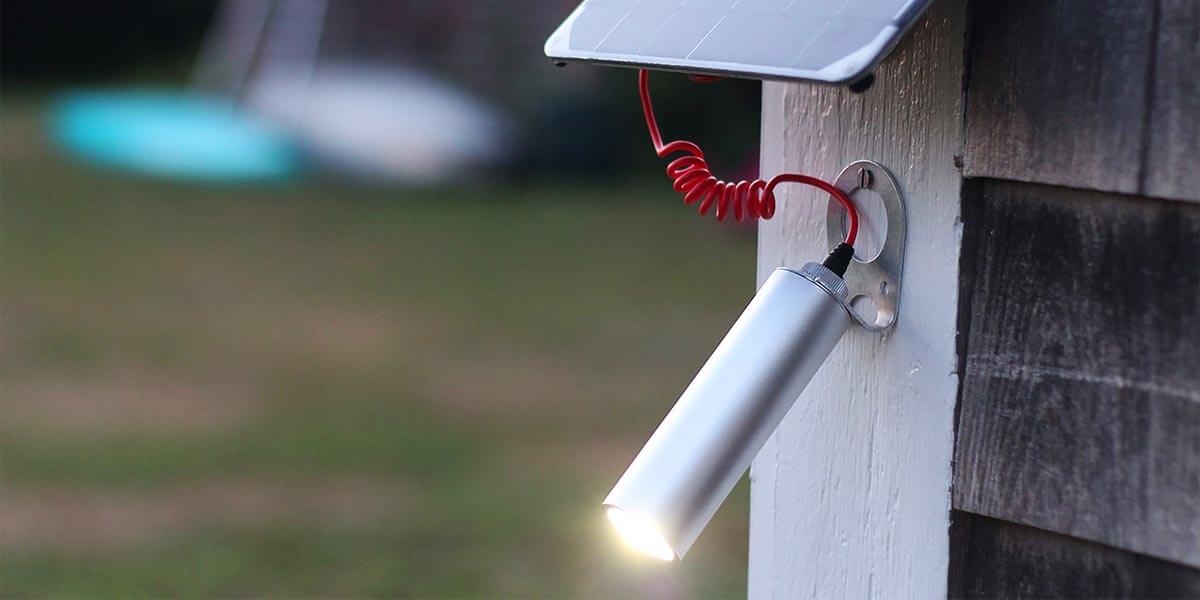
Solar lights are built to last for long periods. Solar lights can be a great option for any illumination function, whether solar lights for indoors, front of the home or the solar lights for garden since they provide value for your money. When you buy a solar powered light for your property, you may end up starting to wonder, “how long do solar lights last?”
Solar lights can be a little more expensive than the traditional ones, but if proper care and precaution are taken, they can last long enough to be worth their cost.
Additionally, solar light powered by solar energy is better for the environment. Times have changed significantly, and now electricity is being replaced by solar due to its many benefits and because despite its high costs, it lasts enough to be worth every penny.
How Long Do Solar Lights Last?

Like other rechargeable products, solar lights may run out of power after some time and then need to be recharged. Unlike any other rechargeable products, solar lights may be exposed to sunlight during the day to provide illumination at night.
The batteries in outdoor solar lights can be expected to last around 3-4 years before they get spoilt and eventually replaced. How long do solar light batteries last depends on several factors like the type of batteries or solar panels installed at your home.
1. How Long Do Solar Lights Panels Last?
The efficiency of Solar Lights panels can degrade over time due to three main factors: utilization, conversion efficiency, and efficiency loss every year. A Monocrystalline Solar Panel, for example, has a conversion efficiency of roughly 23.54 percent and a year-to-year production loss of 0.8 percent.
This means that this solar panel will die in 29.3 years. Most solar panels have a lifespan of about 10 to 30 years before they finally become obsolete.
2. How Long Do Solar Light Batteries Last?
When sunlight reaches the solar panels, it generates electricity, which is then stored in solar light batteries and used during nighttime. Solar light batteries can last about 2-3 years before they need to be replaced, as they no longer contain enough energy to provide adequate lighting.
The number of charge cycles determines how long the solar light battery lasts. To put it another way, how many times have you fully charged and then entirely depleted the battery? The life cycles of various batteries differ.
Lithium-ion batteries, for example, can be recharged 1000 times, while nickel-cadmium batteries may be recharged 1500 times. It’s worth noting that, even though nickel-cadmium batteries can survive up to 1500 cycles, they suffer from memory loss, which means they lose their charging capacity over time.
3. How Long Do Solar Light LEDs Last?
LEDs have around a 50,000-hour life expectancy, so we can assume that solar-powered lights will be on for 8 hours per day. That leaves us with a 17-year life expectancy.
What Factors Affect the Life of Solar Lights?

1. The Amount of Sunlight You Receive in Your Area
It’s all about the location when it comes to solar lights. The amount of power produced by a photovoltaic solar panel is proportional to the amount of sunlight falling on it. Because the sun’s angle influences the strength of the light absorbed by the Earth in the sky, the sun’s location affects how much energy a solar panel creates.
The sun’s beams are the most direct and strong when directly overhead. The intensity of the light drops as the area grows larger; a solar panel receiving this light produces less electricity. Solar lights are controlled by a sensor. As a result, the sensor must detect the darkness for the lights to turn on.
Hence, if your lights are near artificial light, the sensor will not trigger the bulb to turn on. If this happens frequently enough, your sensors may be damaged, necessitating the purchase of a new one.
2. Winter Conditions
Solar panels can remain unaffected by cold temperatures, and the panel should function normally as long as it receives adequate sunshine, transforming the sun’s energy into electricity.
In fact, as the temperature becomes colder, solar panels may become more efficient because of the nature of the energy exchange that occurs in a solar panel. However ensure to protect your solar panel from hail as they can damage the solar panel.
For every one degree Celsius increase in temperature, a panel’s efficiency drops by around 0.05 percent. This also means that for every one degree Celsius drop in temperature, the efficiency rises by 0.05 percent. The reason for this is that at cooler temperatures, the increase in voltage is larger than the decrease in current.
3. Type of Solar Batteries You Use
Most of the problems that occur with solar lights can be due to their batteries. Solar lights have enough energy in their batteries to keep them lit all night. When solar lights detect low amounts of light, usually after sunset, they give illumination.
If your solar lights quickly lose charge, even after a full day of direct sunlight, this could be a sign of a faulty battery. You should replace your batteries with new ones in this instance.
Also, make sure that your new battery meets the Voltage and Current requirements of your solar light, or it will not operate. To prevent buying new solar lights, replacement batteries can be put into solar lights.
How to Make Solar Lights Last Longer?
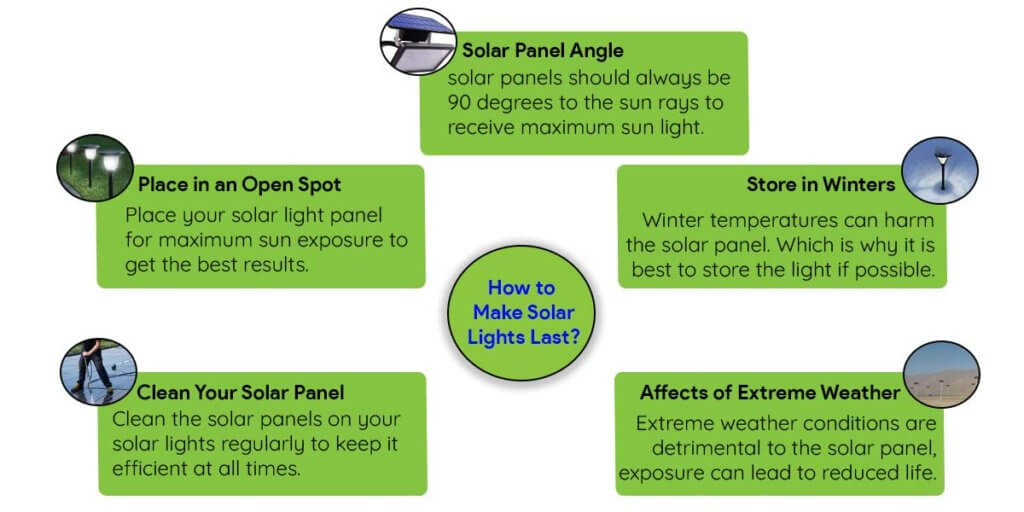
1. Clean Your Solar Light Panel
To get the most out of your solar panels, clean the solar panels regularly. When solar lights are constantly dirty, they won’t last long. Remember that dirt can stop the sun’s rays from reaching your panels. If sunlight cannot reach the panels, your battery will be exhausted more quickly since it does not absorb enough light, if any.
Dim lighting is another problem you can avoid by keeping your lights clean. Wipe the solar panels at least twice a week if you want gleaming lighting in your garden or walkway. Also, if it’s possible, put your lights around the outside of your home’s perimeter wall. This can assist keep your lights clean in addition to giving all-around lighting.
Most solar lights are installed around gardens to illuminate the garden’s outline at night and prevent people from stepping on it in the dark. The lights installed here can become dusty at times, making it harder for them to receive light. Ensure the panels are clean and receive sunlight every couple of months by inspecting them.
2. Place Your Solar Lights in Open Spots
To achieve a complete charge, solar lights should be put in direct sunshine away from shadows, which normally takes 4 to 12 hours. You can’t expect to get the most out of your solar panels if they’re in a shady location.
Placing your panel in a location where the sun’s rays are not blocked is one approach to increase its shelf life. Remember that if your lights do not receive enough sun rays, they will not shine brightly.
Try Repositioning your lights to remedy the problem. You can do it yourself or hire a professional to place the lights in key locations for you. You should also get rid of any overgrown bushes or plants that are in the way of your lights because one of the reasons you put up the lights was to keep people from walking through your lovely garden at night.
3. Adjust the Solar Light Panel Angle for Maximum Sunlight Exposure
Solar lights convert sunshine into electricity, and the more sunlight they receive, the more electricity it produces and the longer it will last at night. Solar light angle also impacts how much direct sunlight your solar panel receives. This is because when the sun is directly overhead, the panel’s output is at its peak.
As a result, the panel angle must be adjusted to produce a 90-degree angle with the sun. Simply altering the angle of your solar panel will reduce the temperature of your panel and enhance its production.
4. Store Your Solar Lights Inside in Winters
Solar lights are not designed to withstand snow and freezing conditions; therefore, they should be housed indoors throughout the winter months. Snow often covers solar lights, making it harder for them to keep a charge. Cold weather can shorten the battery’s life, and less daylight/longer nights can reduce the amount of time that lighting can be delivered.
Keeping lights inside during the cold winter months extends the battery’s life. Solar lights should be stored in settings where they will receive either sunshine or home lighting to keep the battery charged.
5. Protect Your Solar Lights from Extreme Weather Conditions
Given the huge range of climates and landscapes that people live in, it’s reasonable that many people are concerned about whether solar panels are appropriate for their homes and whether the technology can withstand the harshest weather conditions.
When it comes to solar lights and panels, one of the most common worries among potential consumers is how well they would withstand the environment.
Rather than extreme cold, extreme heat can harm solar panels. As stated, solar panel efficiency drops as the temperature rises because the decrease in voltage is larger than the increase in voltage that comes with warmer weather. PV Semiconductors used in solar panels will be more resistant to intense heat, reducing the efficiency of the solar panel as a whole. Knowing how to install your panels, on the other hand, can help.
Solar panels don’t produce nearly as much energy when the sky gets clouded over. According to one source, solar panels are estimated to produce 10 to 25% of their maximum capacity on overcast days.
Snow can sometimes accumulate on top of solar panels, preventing them from receiving solar energy, but this is usually only a temporary issue. Ensure that your panels are made of quality materials and can withstand the specifics of the weather.
Conclusion
Solar powered lights can last around 1-5 years, but it depends on various factors like weather, quality, usage, etc. The type of solar panels used and the type of battery used determine how long a solar light will last. You can’t alter the panel type; however, you can replace the battery.
A low-cost lamp should last between two and four years. Spend the extra money on lights with tempered glass solar panels if you want them to endure longer.

